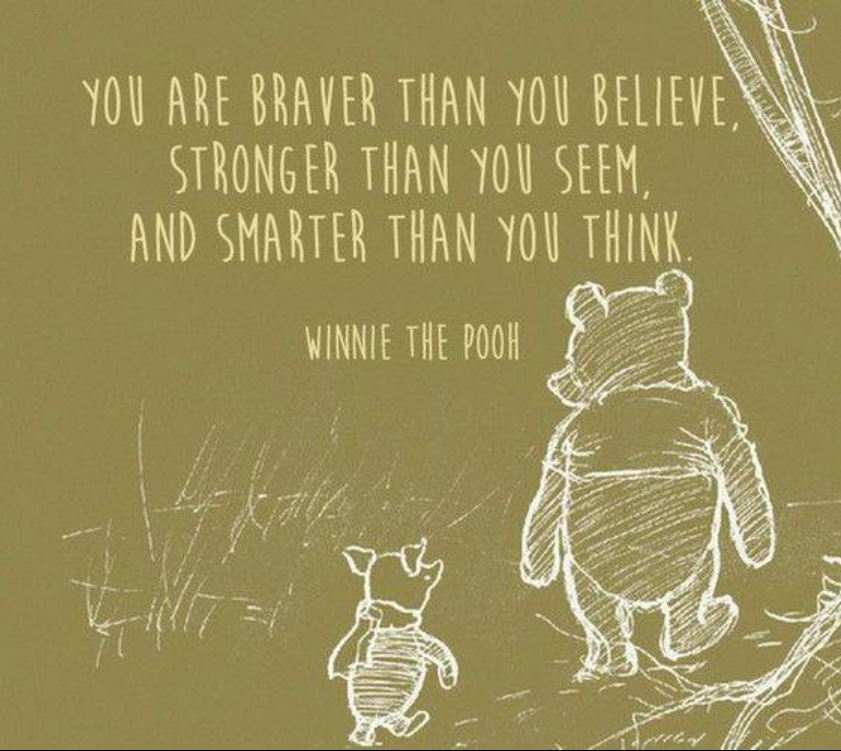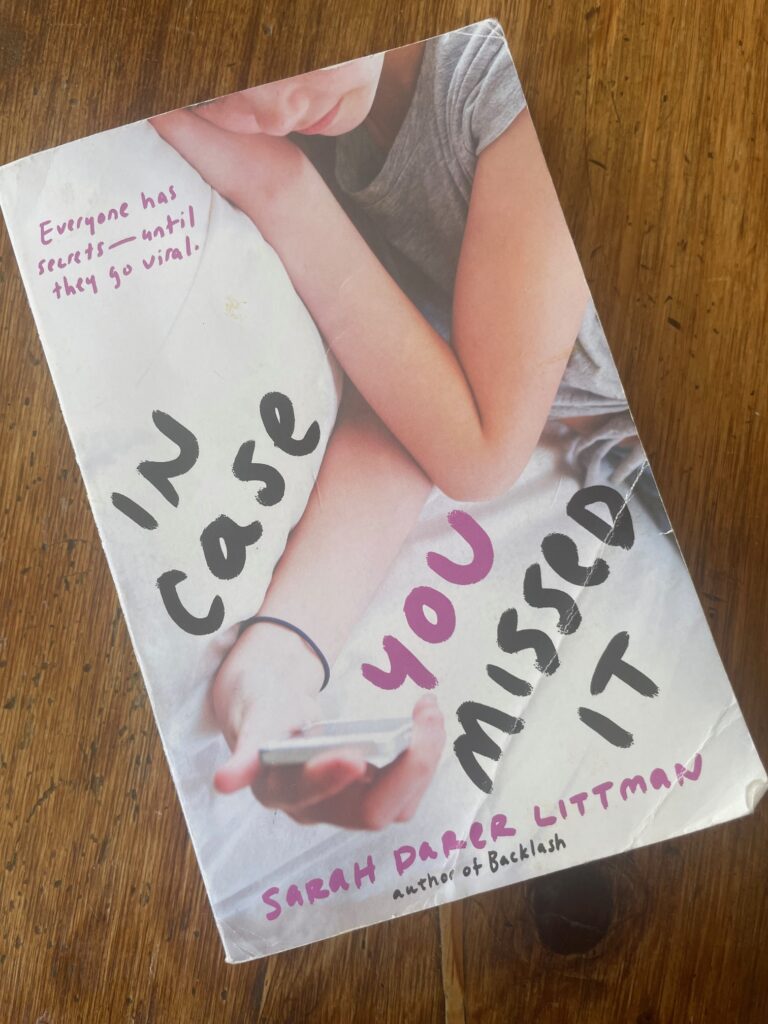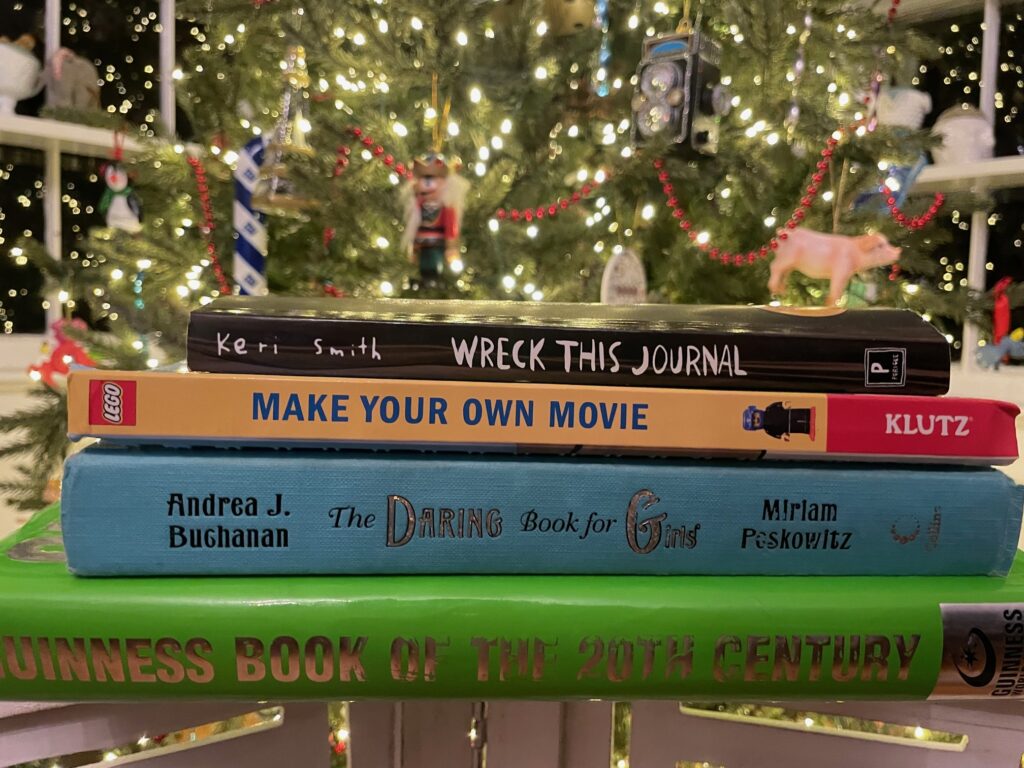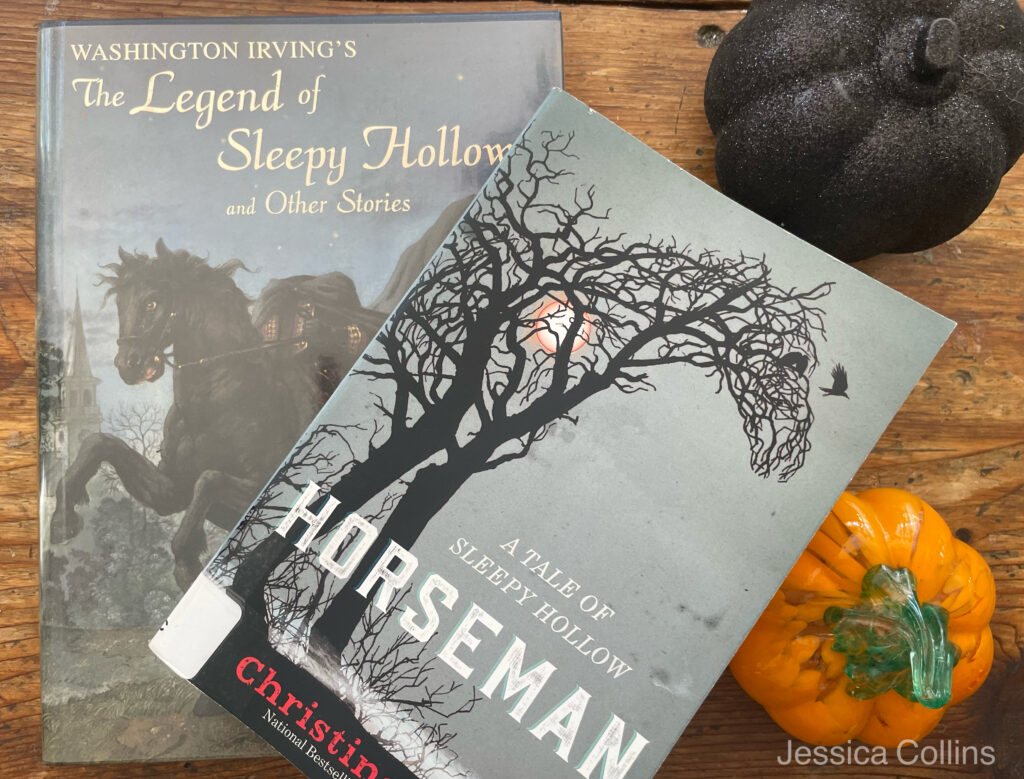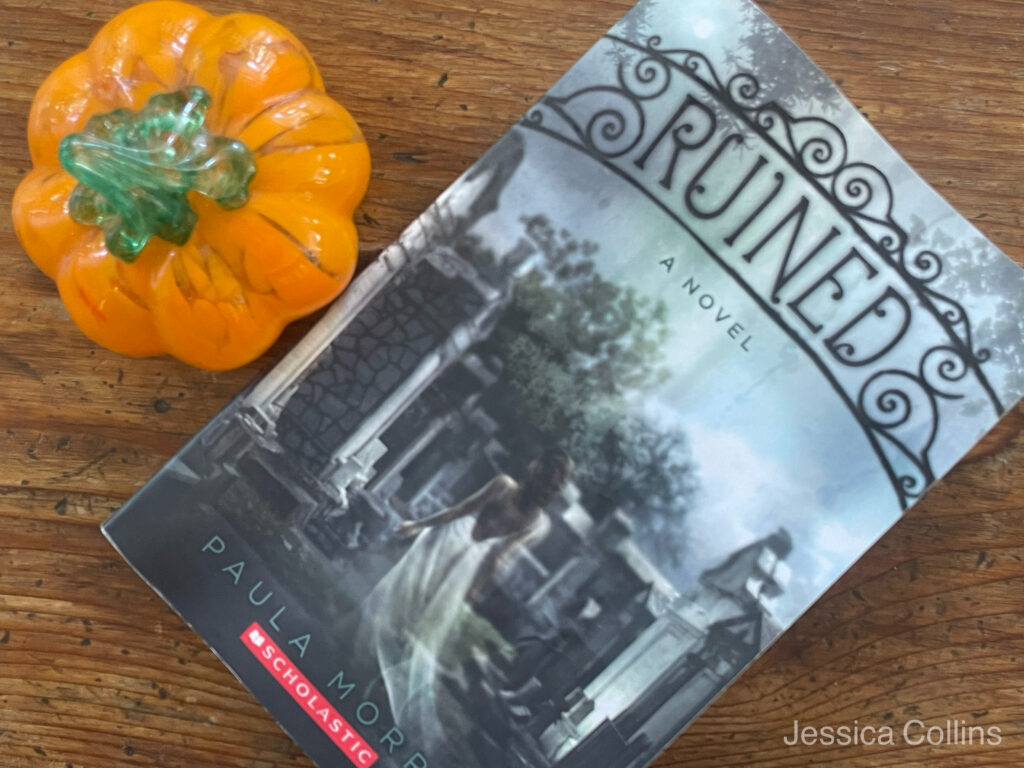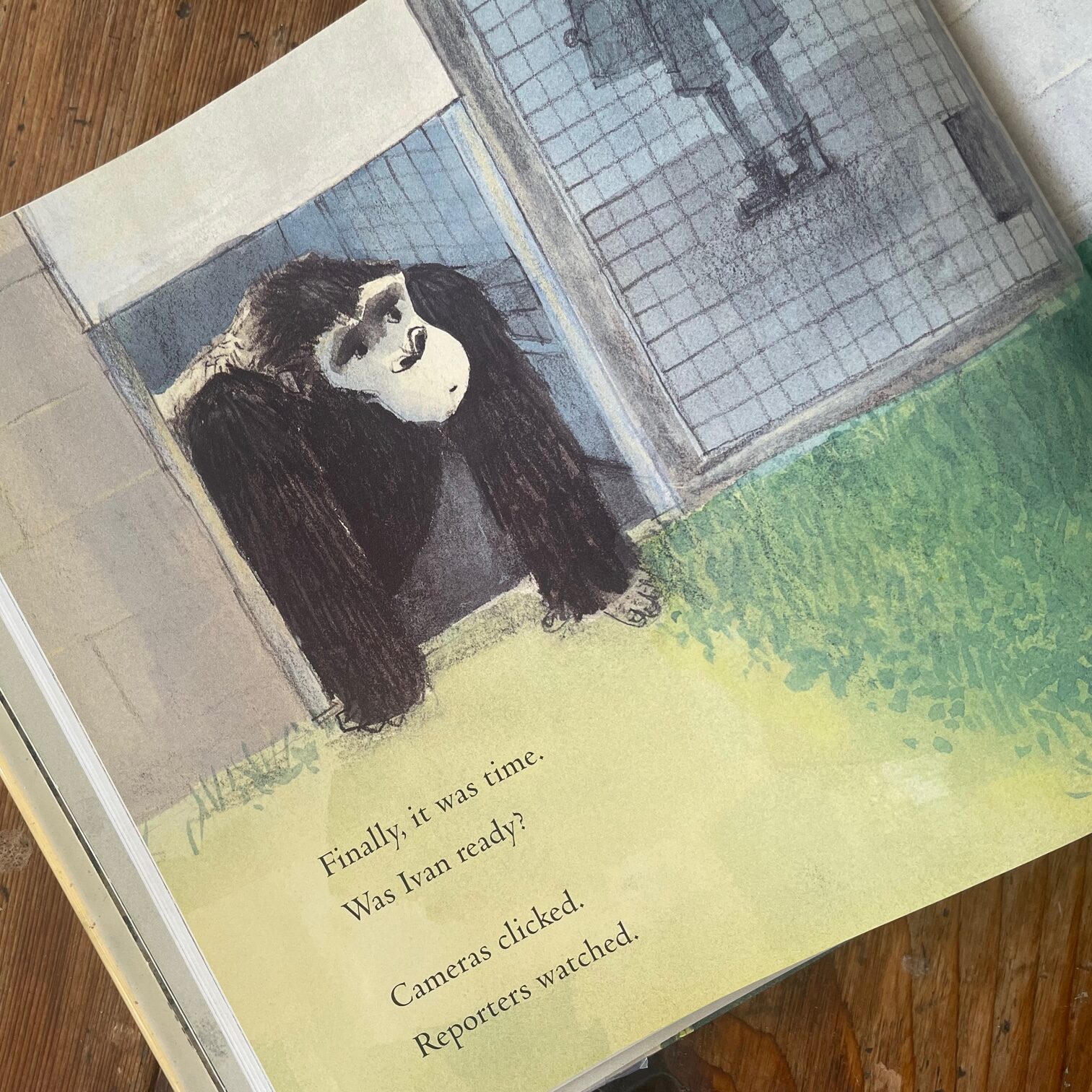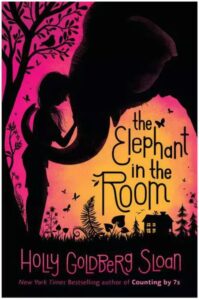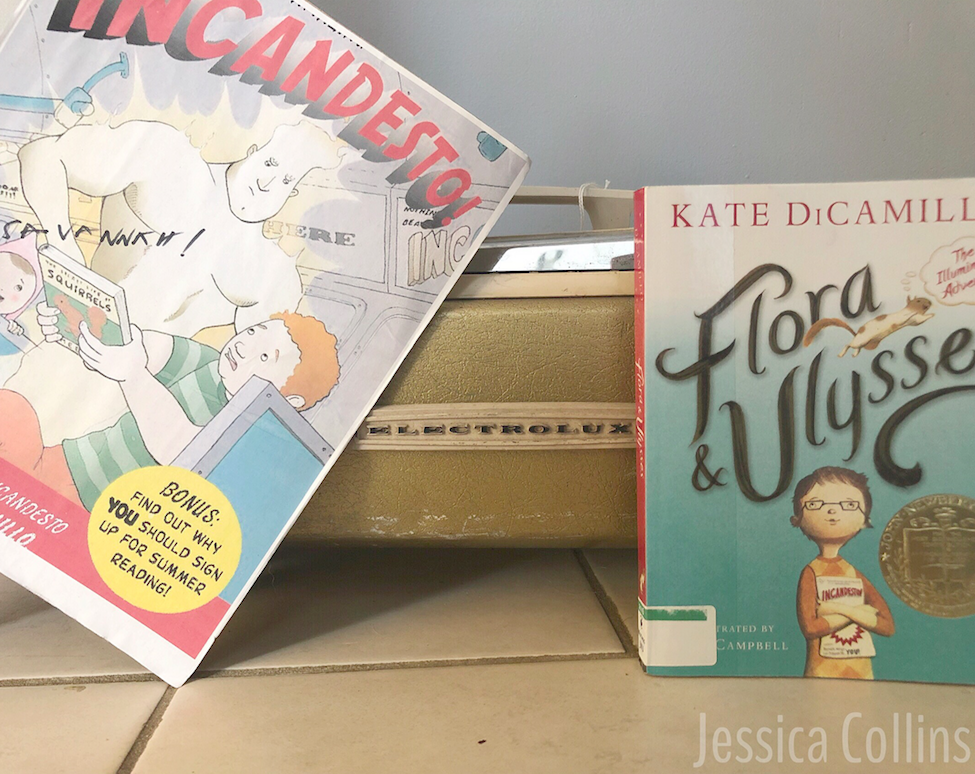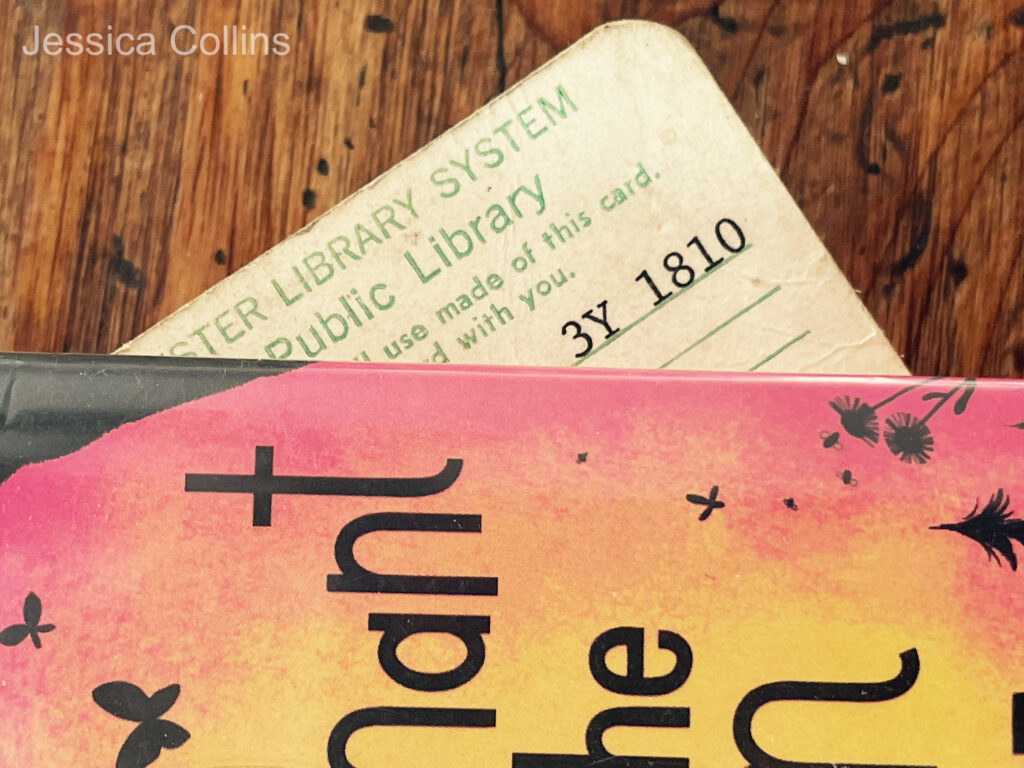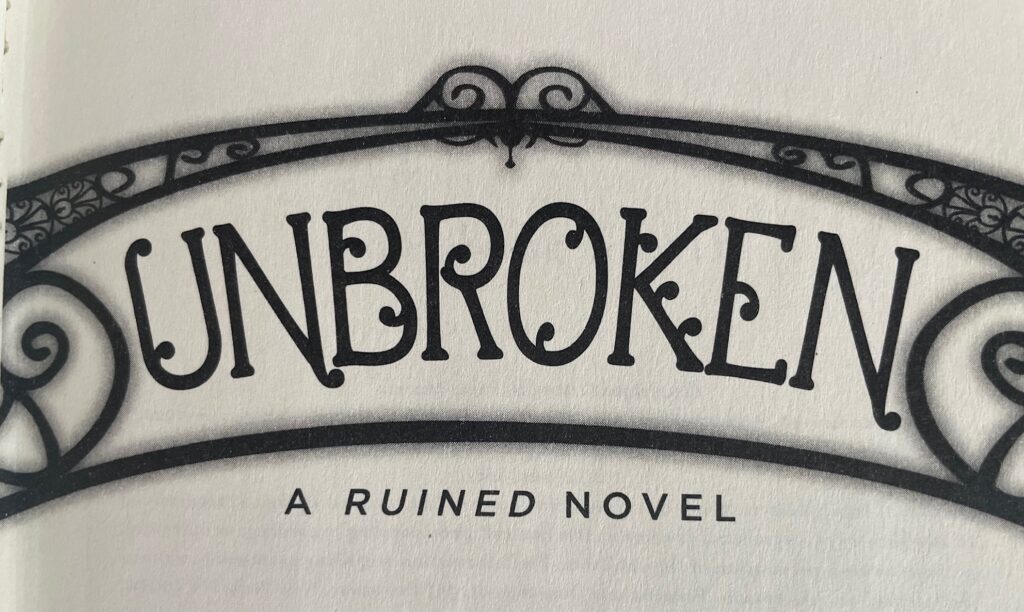
Back in October, I read Paula Morris’ “Ruined” and I was immediately hooked. It had all the makings of the a great “spooky season” read….ghosts, New Orleans, history, a family curse, and New Orleans cemeteries. As I told a friend about the book, I looked it up online to check the author’s name and discovered there was a second book. It continued!
I’m always excited when the story continues and quickly ordered a copy of “Unbroken.” Rebecca returns to New Orleans with a friend from home to visit family and one friend, Anton. New Orleans without a ghost and a family curse should hopefully be less stressful until a mysterious boy shows up in New York asking for help in New Orleans.
While Rebecca tries to keep the ghost hidden, it isn’t as easy as it sounds. Talking to an invisible person draws attention to you. Rebecca has to share the news with her friend from home….she sees ghosts and one needs her help. Helping a ghost is never easy and other ghosts become angry and try to stop her.
Sometimes second books don’t live up to the first. It feels like a desperate attempt to continue a completed story. That was not the case here. The story continued. It flowed. It made sense. Rebecca and her dad visiting family in New Orleans was logical. The ghost that found her didn’t feel forced. The story took different turns than the first and while the characters and location were the same, it was definitely a new story that continued from the last book.
I would definitely recommend both “Ruined” and “Unbroken.” I could see the streets of New Orleans as I turned the pages and I really enjoyed both books. If you are looking for a ghost story that isn’t scary, but rather friends and enemies that span centuries, be sure to check these books out.

